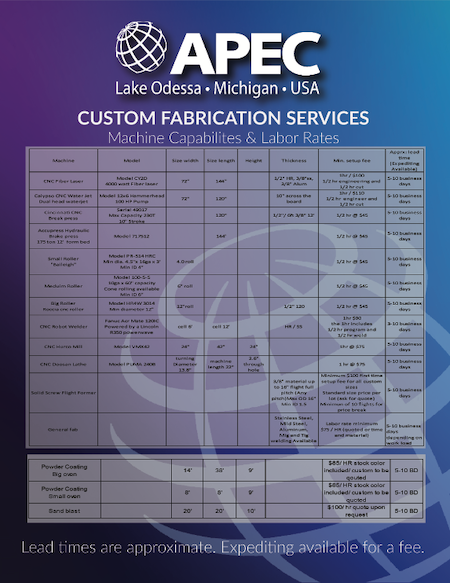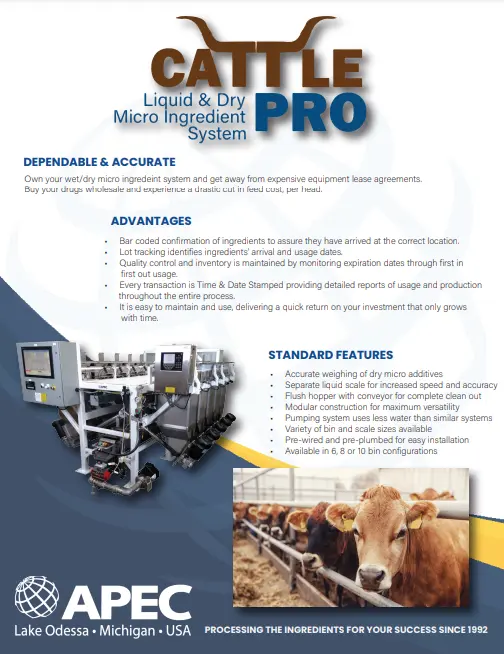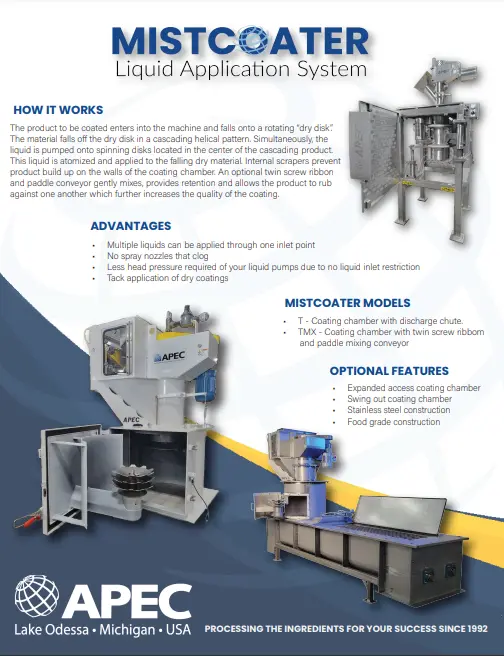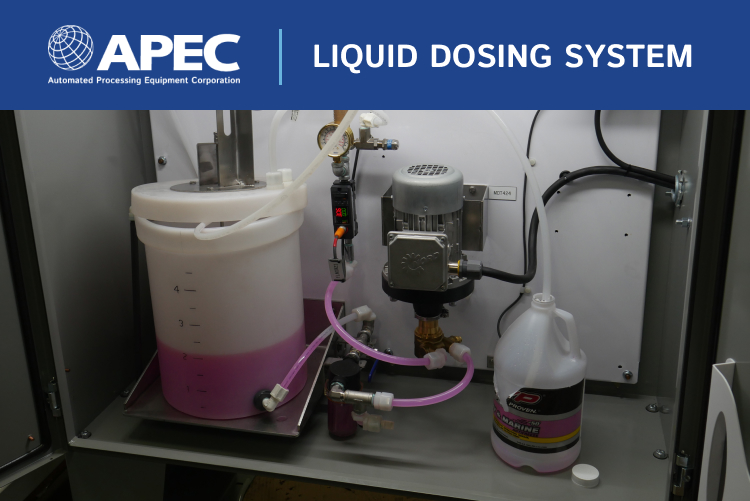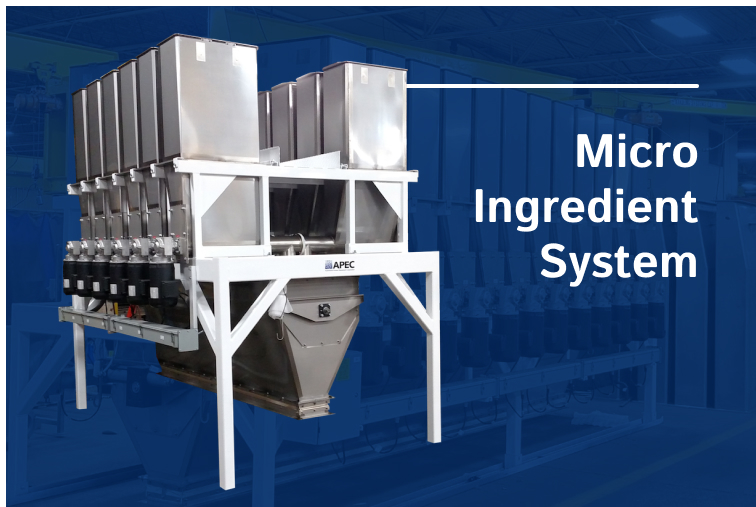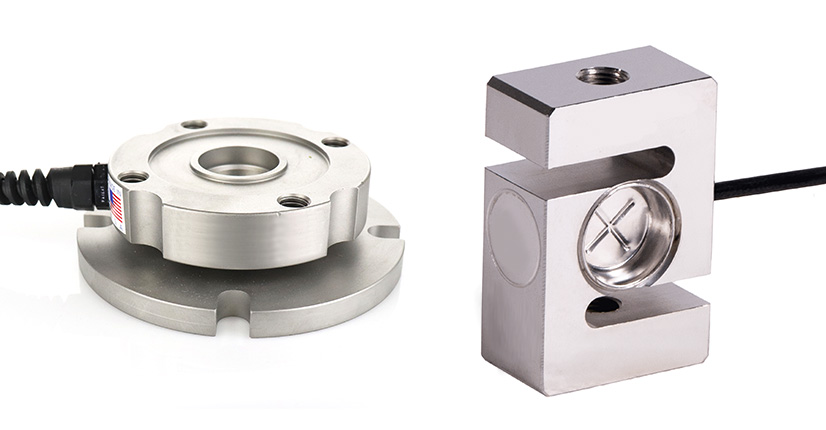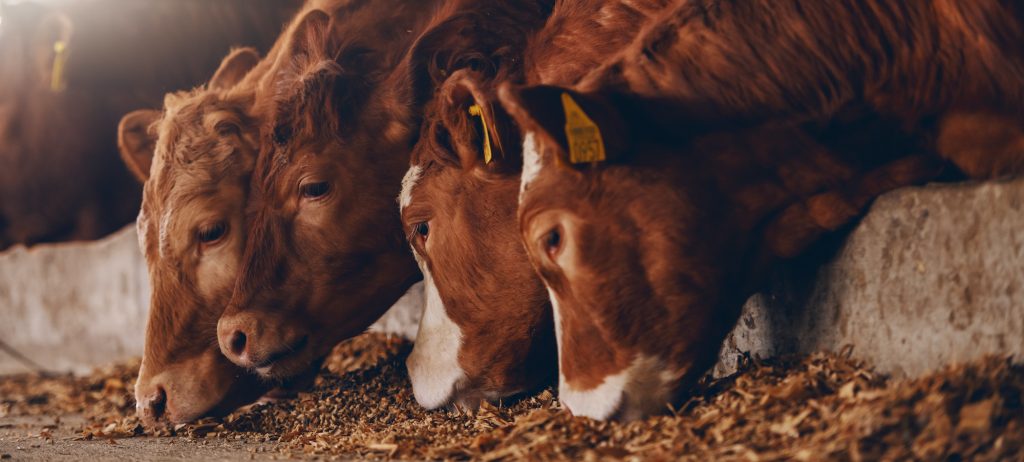
For many, it may be surprising just how much science goes into raising and feeding cattle. Getting cattle to grow large and grow quickly, with minimal waste, has been studied for decades. This has created a range of ingredients that go into cattle feed. Cattle feed microingredient machines help to mix these ingredients faster and more precisely. But what exactly is a cattle feed microingredient machine? And how does it work? Let’s take a look.
What is a Cattle Feed Microingredient Machine?
Today’s cattle don’t just graze on grass in pastures to grow to their large size. Some cattle start growing this way, and cattle on some smaller farms may get most of their food this way, but cattle gain most of their size from an intensive “finishing” process on a feedlot. During this process and, for many operations, at other times as well, cattle are fed a diet of grain, roughage and protein. This mix is combined with other ingredients, such as vitamins, minerals and fatty acids, as well as drugs, such as ionophores (an antibiotic) and growth hormones.
These feed additives may be applied in a liquid or powder form, and may be mixed together in the feed or contained in a pellet. Though feed additives are applied in much smaller amounts compared to grains and roughage, these additives are also much more expensive, so adding precise amounts is critical to running an efficient operation. This is where a cattle feed microingredient machine comes in.
A cattle feed microingredient machine is an automated weighing and mixing system that mixes macroingredients, like grain and roughage, with microingredients, like vitamins and pharmaceuticals. The system is designed to exactly measure out microingredients, including liquid or solids, and mix them into the feed uniformly. APEC’s Cattle Pro is one such system, and can help to reduce costs and improve efficiency substantially.
How Does a Cattle Feed Microingredient Machine Work?
The cattle feed microingredient machine uses a series of bins, hoppers, and weighing instruments to meter out ingredients into a mixer. For many cattle feed microingredient machines, like the Cattle Pro, these systems can be customized to suit the ingredients that you’re using. This means you can get the right number of bins and hoppers, the right accuracy, and the right dispensing rate for each ingredient.
This system is orchestrated by a control system that tells each bin, hopper, and weighing instrument when to dispense ingredients, how much, and when to stop. Then, with all the ingredients properly measured and added to the mixer, the controls tell the mixer to get started. The machine stops after a set time, when all ingredients are mixed properly. Finally, the mixer can dispense into another container, and the mixed ingredients can then go on to the feedlot.
How Does a Cattle Feed Microingredient System Help?
So, now that we know how this system works and what it does, you might be wondering what advantages or benefits it provides. Why would a cattle feed facility use a microingredient mixer for their feed? There are a few notable advantages that this system provides. These advantages might seem small at first, but when working with thousands of pounds of feed regularly, they start to add up significantly.
- Saving time: Time savings is one of the biggest benefits of a cattle feed microingredient system. Workers don’t have to hand-add microingredients into the mix, which can take up a lot of time.
- Reducing waste: Since the microingredient system meters ingredients precisely, there’s very little waste of these expensive ingredients.
- Reducing errors: When hand-adding ingredients, it’s easy to lose track of how much or how little has been added. An automated system never loses track, which helps to substantially reduce errors.
- Simplifying lot tracking: Many microingredient systems, including the Cattle Pro, use lot tracking technology to record which ingredients went into which feed mix. If there are any problems with any ingredients, managers can track where the ingredients went, and pull them from the feedlot quickly.
Automated systems are designed for time- and cost-savings, as well as accuracy. Automating microingredient mixing in cattle feed helps to make this process even more efficient, and make the optimal feed mix. If you’re wondering how a microingredient mixing system could improve your cattle feed operation, contact us. We’re happy to answer any questions you may have.


